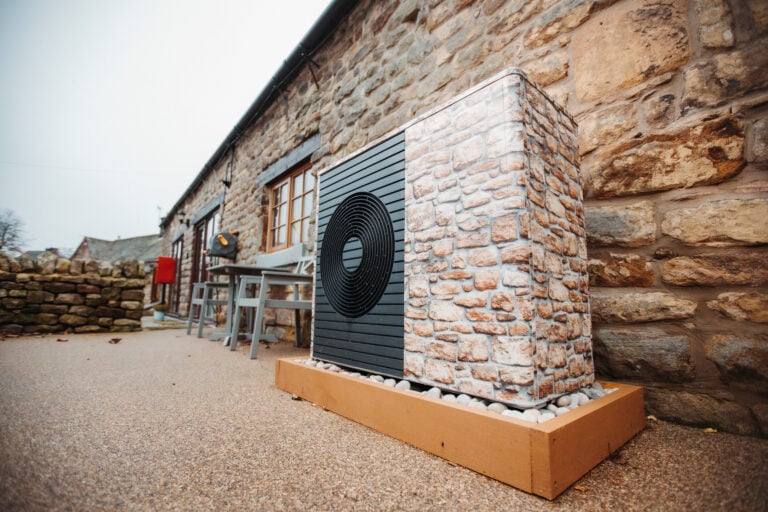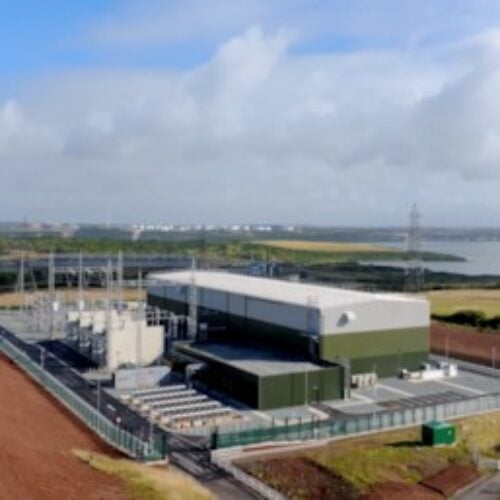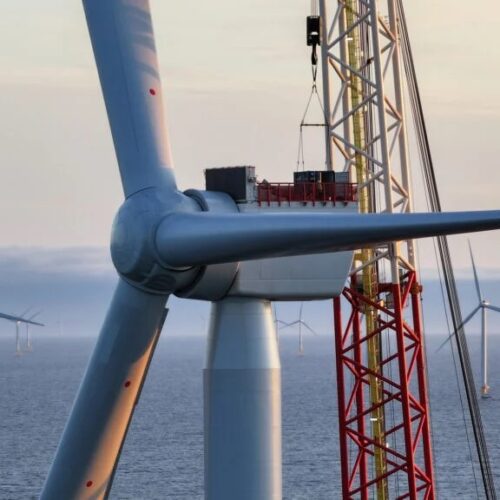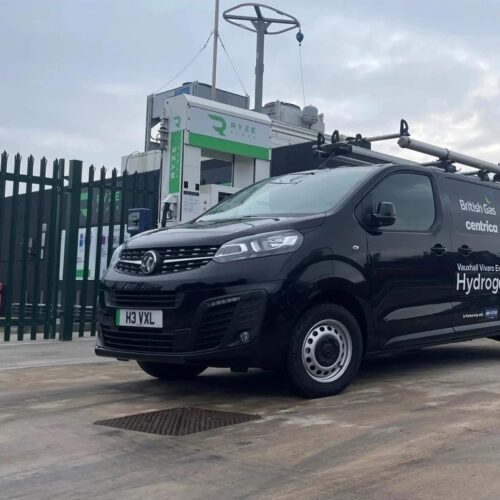The Energy Networks Association (ENA) Connect Direct service has celebrated a significant milestone, having surpassed 15,000 applications.
Connect Direct is an AI-powered platform that streamlines the application process for installers of low-carbon technology (LCT) devices, such as heat pumps and solar panels.
The platform has proved immensely popular since its launch in May of this year, processing 1,000 applications in the first month of operations. The system allows for massive time savings, with many applications processed instantly. Those that need to be escalated to the network operator now take, on average, 1.5 days to process, as opposed to the usual ten days.
Now, with over 15,000 applications having been processed by the platform, ENA has announced the next phase of Connect Direct, which provides new functionality for users. A new update to the platform has now integrated commissioning, allowing users to provide commissioning details for generation devices at customer sites.
Dan Clarke, head of innovation at Energy Networks Association, said: “Installers of low-carbon technologies should be able to connect to the grid quickly and easily. That’s why it’s fantastic to see a high level of uptake for ENA Connect Direct in such a short space of time. The growth of the platform also reflects the increasing popularity of low-carbon technologies as part of the UK’s decarbonisation journey.
“Not only will the installers, manufacturers, and distribution network operators benefit from an easier connection process, but customers and, ultimately, the planet will too. I am pleased more than 5,000 registered users have joined the site.”
ENA works to fight the ‘zombies’
As well as working to streamline the connection application process from the installer and consumer side, the ENA has been campaigning to remove useless projects from the grid connection system.
Last month, the ENA released figures that revealed that since the launch of its Strategic Connections Group, 10GW of “zombie” projects—that is, stalled or speculative projects that hold up the grid connections queue—have been removed from the system.
This follows criticisms from the group in 2023, when the ENA said that the current grid connection model is not fit for purpose.






